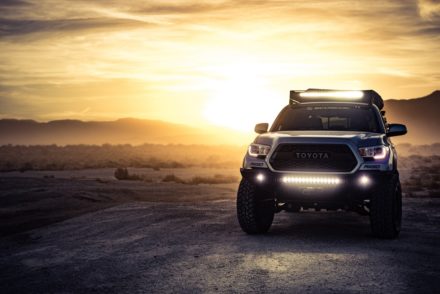So what happens when you take adaptability, scale-ability, and simplicity, and mash it into the DJI drone maker? You get the DJI Matrice 100, that’s what! All jokes aside, the Matrice 100 is a thing of beauty. It was designed for researchers and developers to test aerial hardware and software. So let’s get down to business, shall we?
Why Strip Down The DJI Matrice 100
The M100 is not stripped down when you think about. It has numerous hard points, with power relays and communication ports to allow operators to quickly customize the load-out of the drone in a short amount of time. Users can also opt to install DJI’s Guidance system, which is the first collision avoidance system, available for independent sale.
Speed, altitude and battery life is based on the overall weight of the drone once it is fully equipped with its flight load; however, as any drone pilot will tell you, having a few extra batteries on hand is never a bad thing.
The DJI Matrice 100 is designed to bring drone customization to new levels. Whether it is installing multiple cameras for real-time 360 degree viewing, or multiple sensors to provide full spectrum viewing, the DJI Matrice 100 can tackle anything you want to throw at it. Add in Oculus Rift and Leap Motion Integration into the mix and you’ll find a virtually limitless number of potential interfaces for the DJI Matrice 100 in the future.
If you are looking to fly a drone with simple hand gestures or with a virtual-reality headset, the DJI Matrice 100 will give you everything you are looking for, and more. The only setback is calculating your flight time durations based on the weight of the fully equipped drone, which I am sure will become easier the more often it is used.
For more information about the DJI Matrice 100 and for pre-sell of the drone check out DroneFly.




